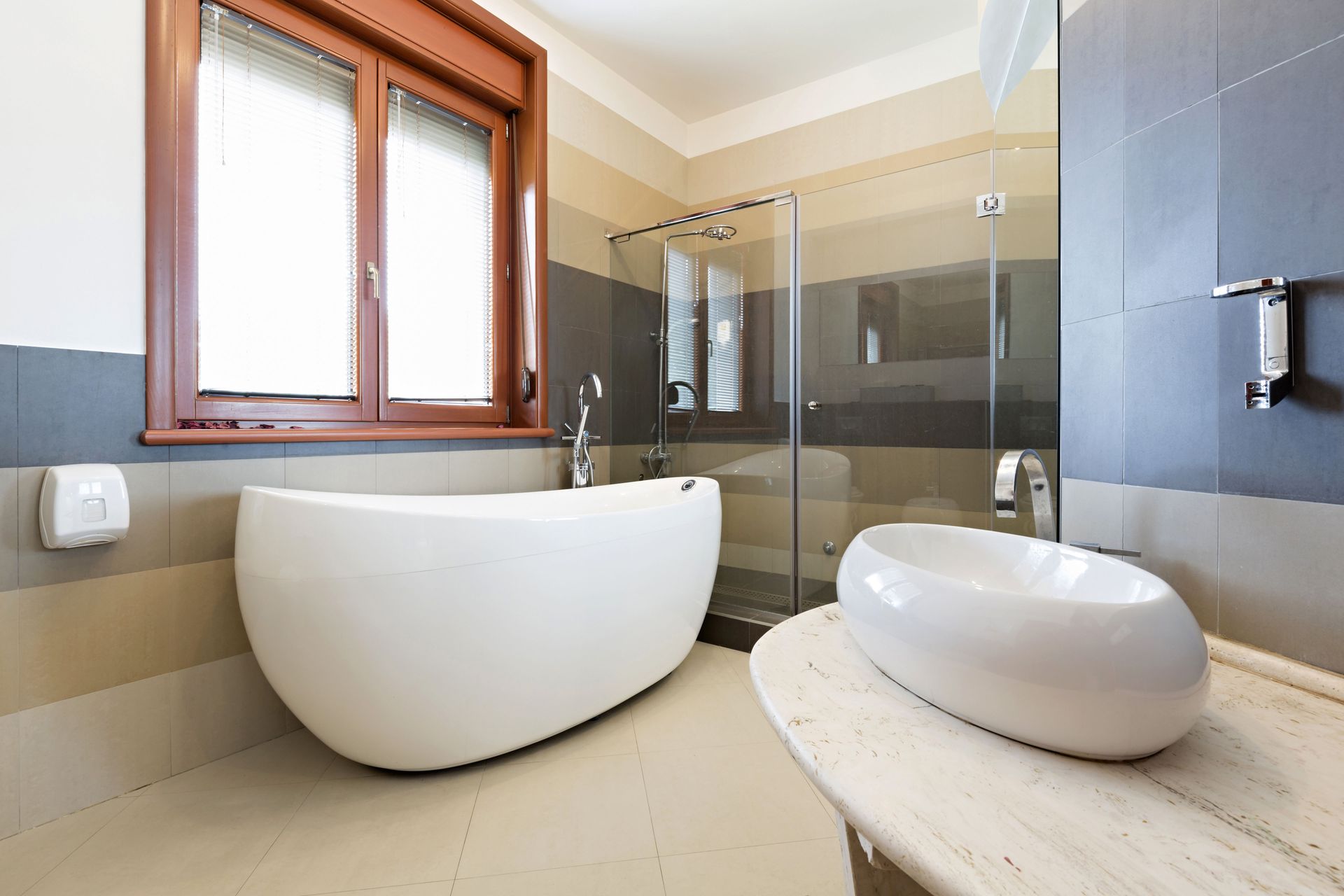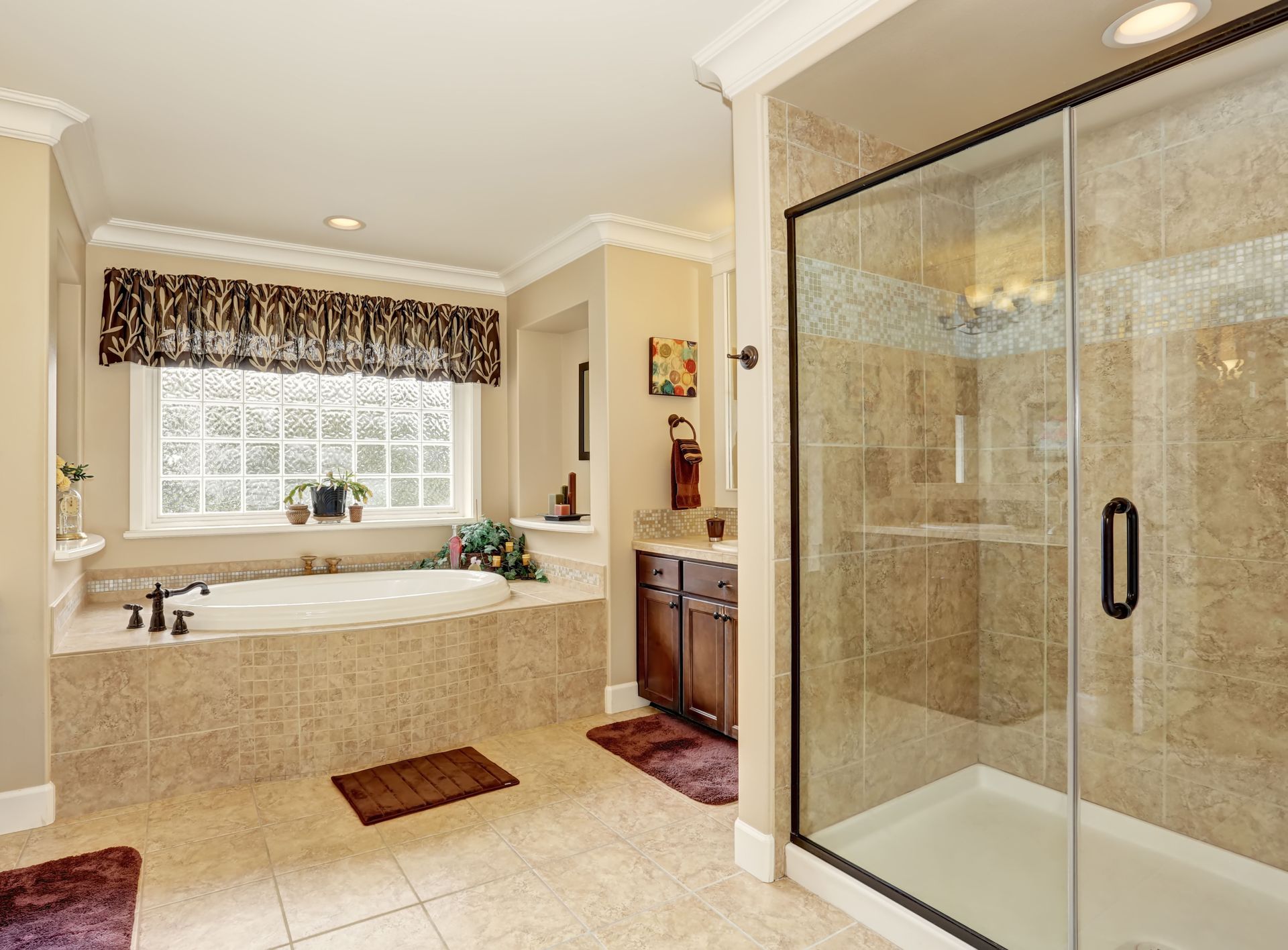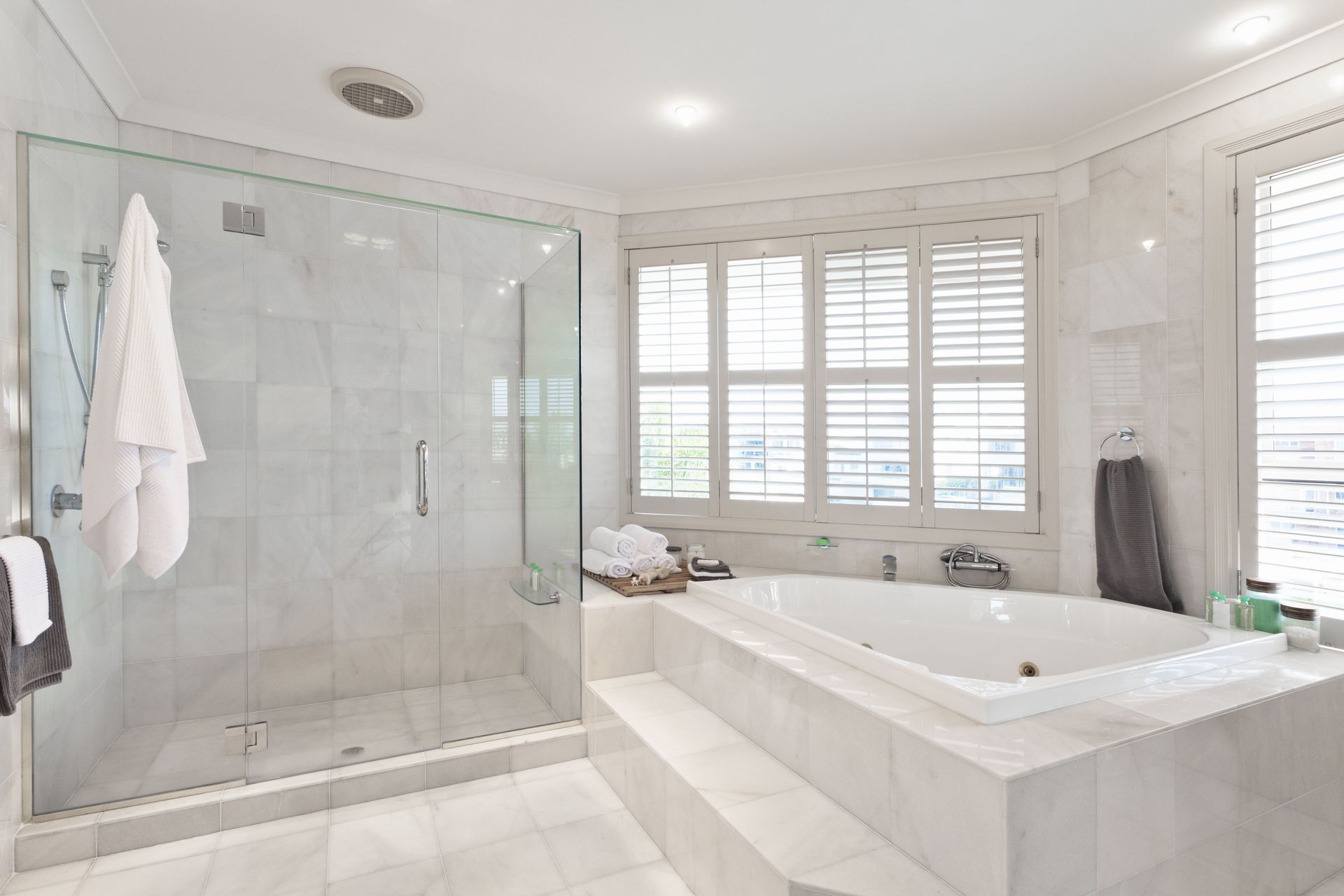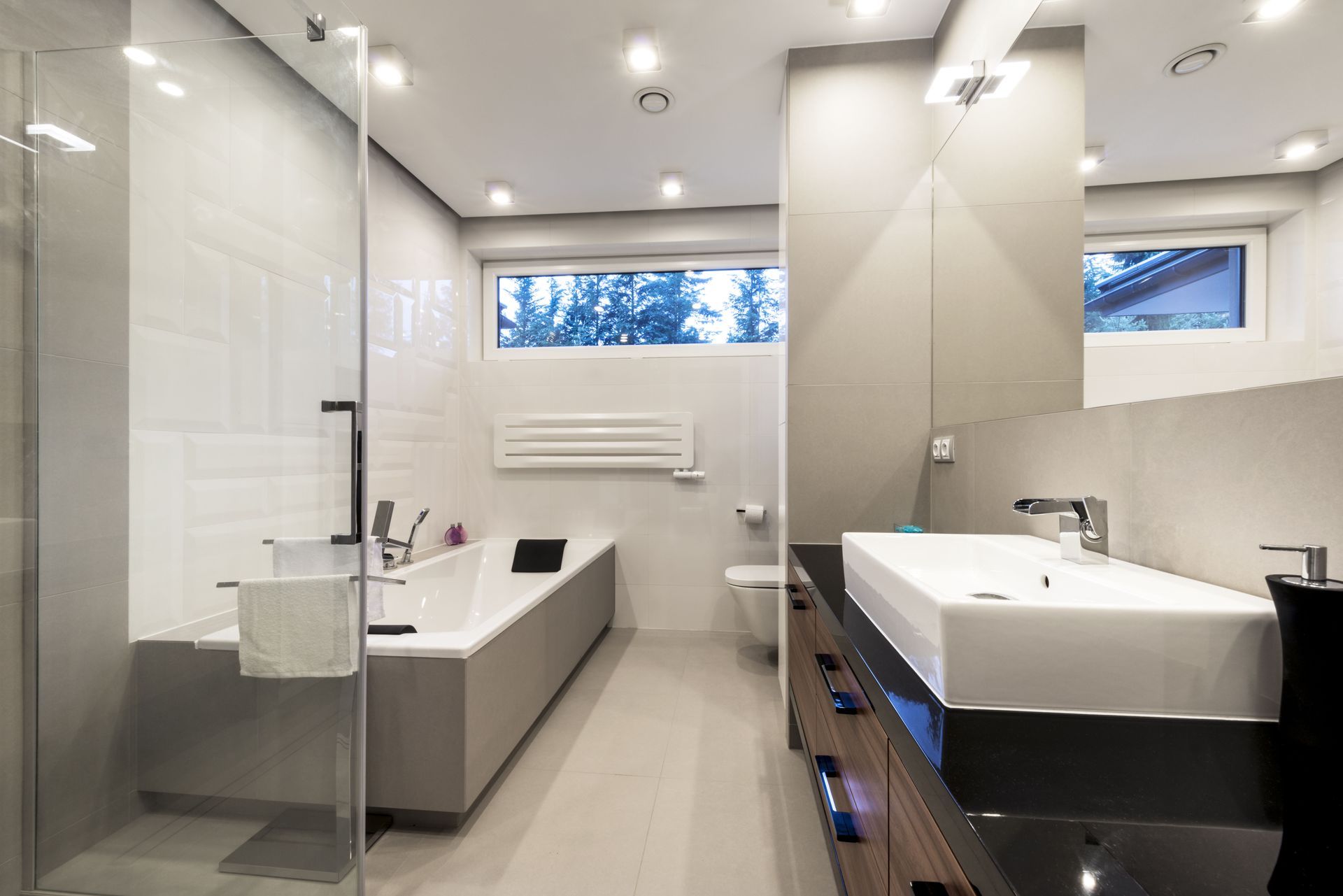What Is the Bathtub Refinishing Process?
There's nothing like relaxing in a soothing hot bath. However, if your bathtub is stained, worn, and dirty, you may hesitate to use it anymore. Just because your bathtub has taken a beating over the years doesn't mean you have to replace it. If the overall structure of your tub is still in good condition, all it needs is bathtub refinishing services. Read on to see what goes into the bathtub refinishing process.
Have the Initial Consultation
Before any bathtub refinishing work takes place, the contractor and homeowner will meet to discuss the process. At this time, the bathtub refinishing workers will review what's wrong with the tub and explain what's going on to you. Feel free to ask whatever questions you have.
During this assessment, the contractors will inspect the tub to see if additional work is required before the glazing starts. After all, they don't want to do refinishing work over damaged parts. In some cases, the current finishing may need to be stripped down. Cracks and chips may need to be filled in. Whatever repairs are necessary, you can trust the refinishers to explain it to you and handle it.
One of the great things about using bathtub refinishing is you can completely change the look of your tub while maintaining its character. You can choose from a range of colors as well as different finishing options. What would go best with your bathroom's style? You'll be able to discuss this question and more with the contractor to get their professional opinion.
Cover the Surrounding Area
Any professional bathtub refinisher will take extra steps to avoid damaging the rest of your bathroom. Therefore, they'll put drop cloths around the bathroom floor to prevent damage. If the bathtub is very close to the sink or other fragile areas, workers will also cover those areas.
Repair Damage
If the existing tub has damage, now is the time to fix it. Refinishers will fill in cracks or chips by using a heavy-duty patching compound.
Sand the Tub
Sanding is a vital part of the bathtub refinishing process because it helps the reglazing coating stick better. Either a sanding sponge or fine-grit sandpaper is good enough for the job. Workers will pay extra care to level out uneven or super rough areas on the surface. The sanding process will often kick up dust and debris. Usually, workers will clean this up before moving on to the next step.
Clean the Tub Thoroughly
Once the sanding process is complete, it's time for a thorough cleaning. Workers will apply a chemical etching cream for 10 minutes. Chemical etching cream is a great way to gently etch into surfaces like porcelain, glass, and ceramic. As a result, it's much easier for bonding to happen between a new finish and the solid surface. After 10 minutes have passed, it's time to use bleach and water or an abrasive cleaner.
Apply Primer
Once the surface is ready, it's time to begin applying the necessary elements used to glaze the tub. Like anything else that needs professional painting or glazing, primer is the first coating for the process. The primer is a layer used to adhere the paint or glaze so it won't simply seep into the surface and fade over time. Workers will place paper on uncovered surfaces, such as the walls next to the tub. Once that part is done, they can safely apply the primer and wait for it to dry.
Spray on the Bonding Agent and Finishing Coating
Before applying the glaze topcoat, another step ensures that everything adheres well. The refinisher will apply a coat of a primer. After the primer has set, it's time to apply several layers of the refinishing glaze.
Remove the Tape
After the last layer of finishing glaze goes on and begins drying, it's time to begin cleaning up. The tape around the tub and other areas can now be removed. Workers will remove any other coverings and rags from the floor. If any dust or powder has gotten anywhere, workers will clean it before leaving. The curing time for the glaze to be completely set will vary based on the treatment used.
Follow the Post-Glazing Instructions
Before leaving your bathtub, the refinishing expert will leave a set of instructions for you to use. Be sure to follow those instructions closely to avoid any damage to your beautifully reglazed tub. After your tub has dried, the area around the drain and edges will need re-caulking again. To do a successful job, don't use self-adhesive caulking strips because they'll damage the glaze by causing it to peel. After new caulking, it's time for the drain cover, overflow stopper, and other elements to go back into the tub.
Why Should You Refinish Your Tub?
Now that you know the process of
bathtub refinishing, it's time to consider if you should invest in it. The biggest benefit of reglazing is that you can avoid a total tub replacement. When a tub looks old and worn out, some people may initially think they must buy a new one. Instead, you should consult with a local bathtub refinishing professional to see what they can do for you. Usually, reglazing can save you a lot of money compared to purchasing a new tub. A tub that looks worn out will often be in solid condition, especially if it consists of quality material. It's just the surface that needs fixing.
If you want to be able to use your tub and bathroom without interruption, it's easier to opt for the refinishing process. Removing an old tub and replacing it with a new one is very time-consuming. The overall process may take several days or even weeks. As a result, you'd experience a lot of disruption to your daily routine and home life.
Refinishing will also allow you to keep your original tub. Do you have one of those old vintage tubs that's hard to find now? It would be hard to let such a classic feature go, only to replace it with a plain one. So, if the tub is still functional, why not use a refinishing professional to restore its beauty?
As long as you protect your refinishing surface, you can continue to enjoy it for a very long time. According to Home Guide, bathtub refinishing lasts about 10 to 15 years with proper installation. Thanks to this type of service, you don't have to invest in buying a new tub. Just give your existing one a new look. So what are you waiting for? Are you ready to enjoy those deep soaks that you've been missing? If so, contact Bath Magic today for a consultation about our bathtub refinishing services.











Share On: